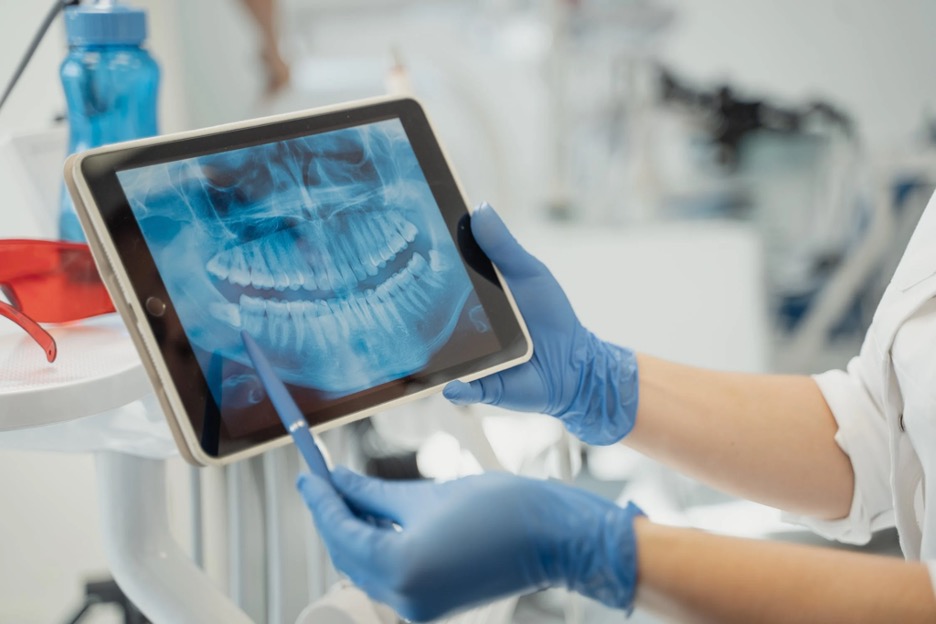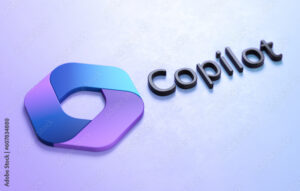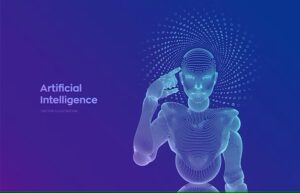
If you’ve visited a healthcare provider in the last ten years, you’ve seen firsthand how medical professionals are often early adopters of new technologies.
This is because healthcare in the United States is a business. In order to run their businesses successfully (and for a profit), healthcare providers must operate as efficiently as possible. Technologies typically empower increased productivity — and this has undoubtedly been the case in the medical field.
What’s the current state of digital tools and healthcare? In this guide, we’re diving into four major ways that the medical field is leveraging (and leaning upon) technology to make forward progress, treat patients, and turn a profit.
For Administration
Computing has had a place in healthcare for as long as these technologies have been available. From early digital inventory control to today’s streamlined check-in, the medical field has been a welcome participant in administrative innovation.
Today’s patients and providers-in-training are likely to encounter the following:
- Tablets used for patient check-in, triage, and questionnaires
- Industry- and specialty-specific software for:
- Billing and insurance coding
- Prescription management
- Payroll and human resources functions
- Record-keeping
- Digital point-of-sale (POS) systems for patient payment processing
- Patient portals for:
- Appointment setting
- Liaising between patients and providers
- Recording vitals and storing data
Healthcare administration is a medical specialty of its own, and the field has demanded technological innovation (and technologists have delivered) for decades.
Today’s patients are the most likely to interact with healthcare technologies in this arena: administration. A significant portion of administrative technologies are designed to be patient-facing, so patients are perhaps most likely to notice changing technological trends in administrative healthcare applications.

URL: https://www.pexels.com/photo/photo-of-gynecologist-sitting-near-medical-equipment-7088498/
For Patient Care
Whether it’s remote vision testing in optometry or highly advanced scanning for disease and injury detection, technologies are constantly in development for patient care.
For patients who have only ever interacted with primary care physicians, they might not feel like their examinations and treatments are high-tech. But even something as simple as a blood pressure cuff has the potential to speed up the data collection and diagnosis process — and support improved accuracy in some cases.
The COVID-19 pandemic provides an accessible window into just how quickly care technologies can change. In the span of just a few years, healthcare tech innovators developed:
- New testing assays to detect COVID-19 viral cells and antibodies in blood and saliva screenings, respectively
- Monoclonal antibody treatments and transfusion technologies specifically designed for COVID-19 treatment
- A revolutionary inoculation method with the potential for application across a variety of illnesses — the mRNA vaccine
There’s a near-constant demand for innovation in patient care technologies, and new developments are likely to continue as providers and researchers develop new treatment modalities.
For Privacy
Every patient portal, healthcare mobile app, and provider software must overcome a major hurdle: compliance with the Health Insurance Portability and Accountability Act, or HIPAA.
Despite the occasional setback, medical technologists have developed new ways to protect patients’ privacy as the healthcare sector becomes more digital every day. Some healthcare-specific privacy technologies you may have encountered include:
- End-to-end encryption for:
- Patient portals and forms
- Telehealth appointments
- Robust digital communication channels to replace (relatively unsecured) phone communications for:
- Billing and insurance reporting
- Prescription management
- Appointment setting
- Provider referrals
- Specialized and highly secure cloud infrastructure for document and medical data storage
While medical innovators must contend with patient privacy in the development process, some technologists are dedicated solely to improving patient confidentiality in the digital realm — and these technologies are only improving.

URL: https://www.pexels.com/photo/person-writing-on-a-notebook-beside-macbook-1766604/
For Training and Continuing Education
While the medical field still requires that providers complete rigorous education programs, these programs have changed significantly in recent years. While most healthcare professionals attended entirely in-person university courses, many of today’s medical programs (MD and DO tracks) offer some degree of virtual learning via a hybrid model.
While healthcare training will likely never be completely virtual (since medical practice demands hands-on skills), the move toward a hybrid model reflects technological changes in how we teach medicine.
In addition, continuing education for healthcare professionals is becoming more and more virtual. Instead of attending an in-person seminar in their hospital or private practices, providers can participate in the following:
- Webinars
- Virtual presentations
- Online courses
Like other medical technologies, this move towards virtual continuing education is likely aimed to increase productivity. When educational content is moved to a virtual platform, providers can complete courses on their own time or at home, freeing up time to see more patients.
Tech and Medicine: Forever Intertwined
The developments patients have been privy to are just the tip of the iceberg in medical technologies. Providers, researchers, and administrators have more access to powerful digital tools than ever before, and these tools are helping them administer efficiently, care more effectively, protect patient privacy more robustly, and keep up with training more efficiently.
While medicine and technology have been deeply intertwined since the dawn of modern healthcare, we’re still in the early stages of medical innovation — the best is yet to come.




